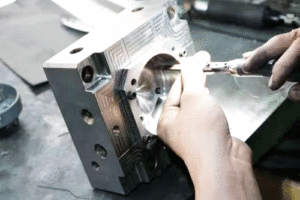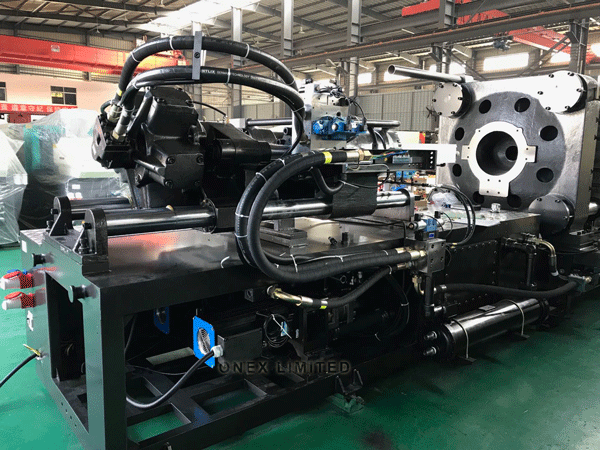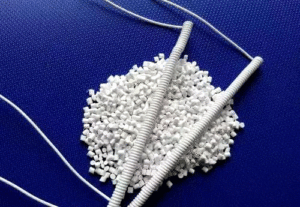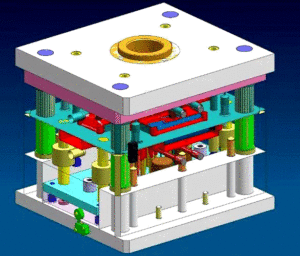
Polishing Treatment for Plastic Molds
Polishing Treatment for Plastic Molds With the widespread application of plastic products, such as daily-use items and beverage packaging containers, there is often a requirement
Dimensional instability means that with the same injection molding machine and molding process , the size of the plastic part changes between each batch of molded products or between each cavity molding products produced by each mold. The change in product size is caused by abnormal equipment control, unreasonable injection conditions, poor product design, and changes in material properties.
During injection molding, we must strictly control the various process parameters like temperature, pressure and time according to the process requirements.Especially the molding cycle of each plastic part must be consistent and cannot be changed optionally. The following situations can cause the unstable shapes and dimenshions of the plastic parts.
Generally, the solutions are:
If the appearance size of the plastic parts is bigger than the required size, we should reduce the injection pressure and melt temperature appropriately. Then, increase the mold temperature, shorten the filling time and reduce the gate cross-sectional area. So, it can increase the shrinking percentage of the plastic parts. If the size is smaller than the required size, vice versa.
It’s worth noting that the change of the ambient temperature also has a certain effect on the fluctuation of the molding size of plastic parts. The process temperature of the equipment and the mold should be adjusted in time according to the change of the external environment.
The shrinking percentage of molding materials has a great influence on the dimensional accuracy of plastic parts. If the precision of the molding equipment and the mold is high, but with large shrinkage rate of the molding material, it is difficult to ensure the dimensional accuracy of the plastic parts. In general, the greater the shrinkage rate of material, the more difficult it is to ensure the dimensional precision of the plastic parts.
Therefore, when selecting molding resins, we should fully consider the impact of shrinkage of the raw materials after molding on the dimensional precision of the plastic parts. For the selected raw materials, the variation range of the shrinkage rate cannot exceed the requirements of the dimensional accuracy.
The shrinkage of various resins varies greatly. Analyze acccording to the crystallinity of the resin. Generally, the shrinkage of crystalline and semi-crystalline resins is larger than that of non-crystalline resins. Besides, the range of shrinkage changes is relatively large. And the fluctuation of shrinkage of the corresponding plastic parts after molding is relatively large.
Crystalline resins has the features of high crystallinity, reduced molecular volume, and large shrinkage of plastic parts. The size of the resin spherulites also affects the shrinkage rate. And the resin spherulites have the following features:
small spherulites, small gap between the molecules, and small shrinkage of plastic parts, relatively high impact strength.
In addition, with the following problems, the molding size of the plastic parts may fluctuate.

The structural design and manufacturing accuracy of the mold directly affect the dimensional accuracy of the plastic parts. During the molding process, if the rigidity of the mold is insufficient or the molding pressure in the cavity is too high, the mold will be deformed. And this will cause instability of the molding size of the plastic parts.
If the matching gap between the guide post and the guide sleeve of the mold is out of tolerance due to poor manufacturing accuracy or too much wear, it will also reduce the molding dimension accuracy of the plastic part.
The fluctuation of size can be caused by the problems below:
Therefore, when designing the mold, should ensure sufficient mold strength and rigidity, and strictly control the processing accuracy. The cavity material of the mold should be wear-resistant materials. In addition, the surface of the cavity should be heat treated and cold hardened.
When the dimensional accuracy of the plastic parts is very high, it is best not to use a multi-cavity structure. Otherwise, in order to ensure the molding accuracy of the plastic parts, a series of auxiliary devices must be set on the mold. And that will result in the high production cost of the mold.
When the plastic part has a partial thickness error, it is often caused by mold failure. The wall thickness of the plastic part is too thick under the condition of one mold and one cavity. And this is generally the deviation of relative position of the mold cavity and the core for the installation error and poor positioning of the mold. At this time, for those plastic parts having very precise wall thickness requirements, they cannot be positioned solely by the guide post and guide sleeve. The other positioning devices must be added.
If it is a thickness error under the condition of a multi-cavity mold, in general, the error is small at the beginning of molding. But the error gradually increases after continuous operation, which mainly results from the error between the mold cavity and the core. In particular, this phenomenon is most likely to occur when using hot runner molding.
Set a dual cooling circuit with a small temperature difference in the mold.
If it is a thin-walled round container, use a floating core, but the core and cavity must be concentric.
In addition, when making molds, to facilitate the mold repair, generally we make the cavity smaller than the required size. While the core is made larger than the required size, leaving a certain amount of mold repair.
When the inner diameter of the molded hole of the plastic part is much smaller than the outer diameter, should make the core pin larger. This is because the shrinkage of the plastic part at the molded hole is always greater than other parts. Besides, it shrinks toward the center of the hole. Conversely, if the inner diameter is close to the outer, the core pin can be made smaller.
As long as these faults are detected, targeted measures can be taken to eliminate them.
If the method, time and temperature when measuring the size of plastic parts are different, the measured size will be very different. Among them, the temperature has the greatest influence on the test. Because the thermal expansion coefficient of plastic is 10 times larger than that of metal industry.
Therefore, we must adopt the standard method and temperature conditions to test the structural dimensions of the plastic parts. Moreover, we must measure after the plastic parts are fully cooled and shaped. Generally, the plastic parts have a large dimensional change within 10 hours in the off-mode. And they are basically set in 24 hours.

Polishing Treatment for Plastic Molds With the widespread application of plastic products, such as daily-use items and beverage packaging containers, there is often a requirement

Injection Molding Techniques for TPE and TPR Injection Molding Techniques for TPE and TPR 1. Dry the TPE and TPR material before injection molding It

Winter Maintenance Measures for Injection Molding Machines As winter approaches and temperatures gradually drop, a cold chill envelops the earth. While ensuring personal warmth, it

Assessment Regulations for Mold Trial Exceeding 3 Times Assessment Regulations for Mold Trial 1. Purpose The purpose of this regulation is to standardize the work of